In this article we explore Sparse autoencoders using L1 regularization using the PyTorch deep learning framework. ...
Sparse Autoencoders using L1 Regularization with PyTorch
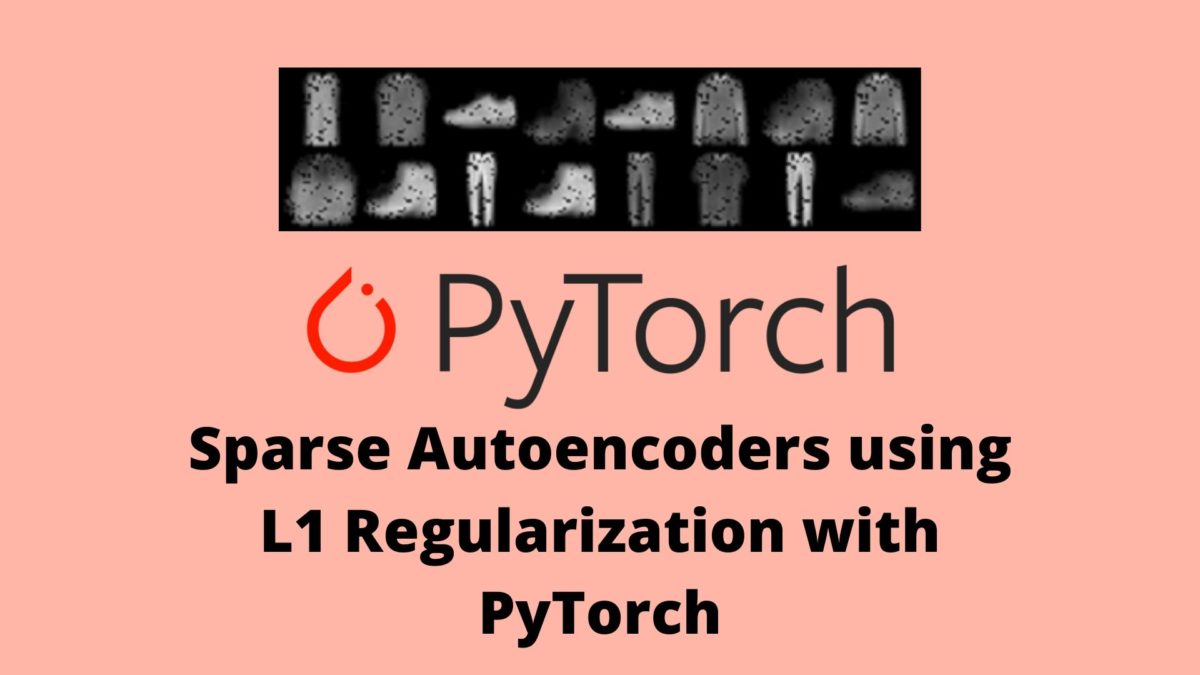

In this article we explore Sparse autoencoders using L1 regularization using the PyTorch deep learning framework. ...
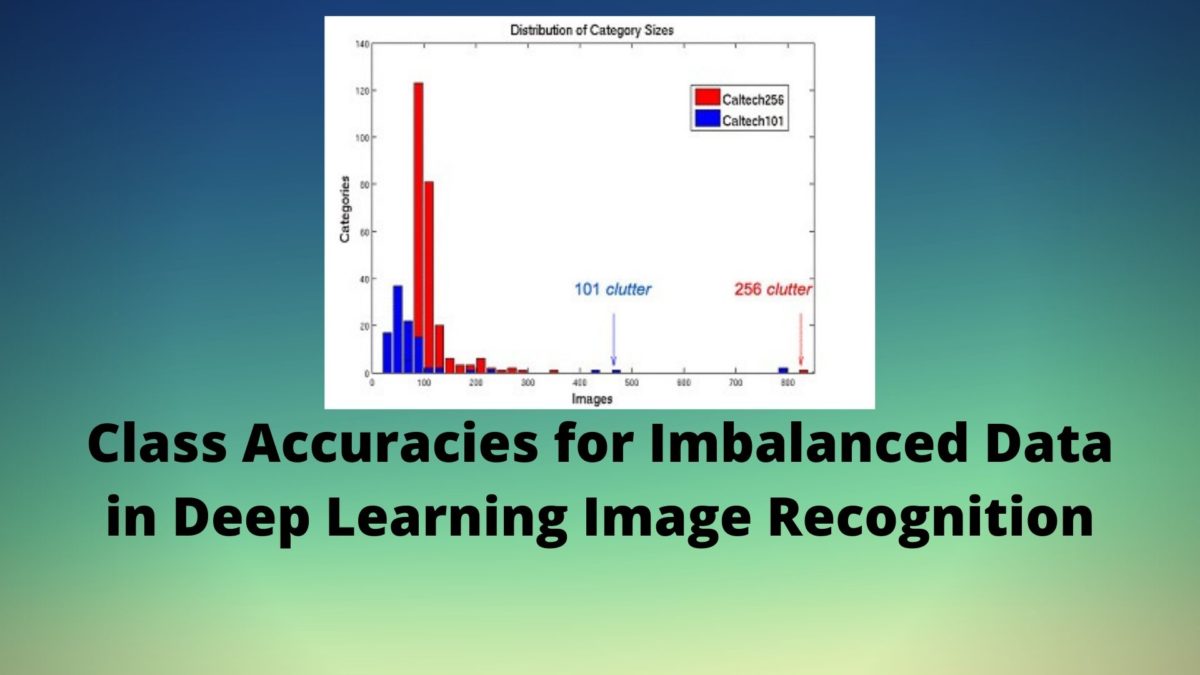
In this article, we will discuss how to get per-class accuracy in a highly imbalanced image/vision dataset. Deep learning algorithms suffer when the dataset is highly imbalanced. In image recognition, a deep neural network may predict 90% of one class correctly and only 20% of another class correctly. This is the result of the number […] ...
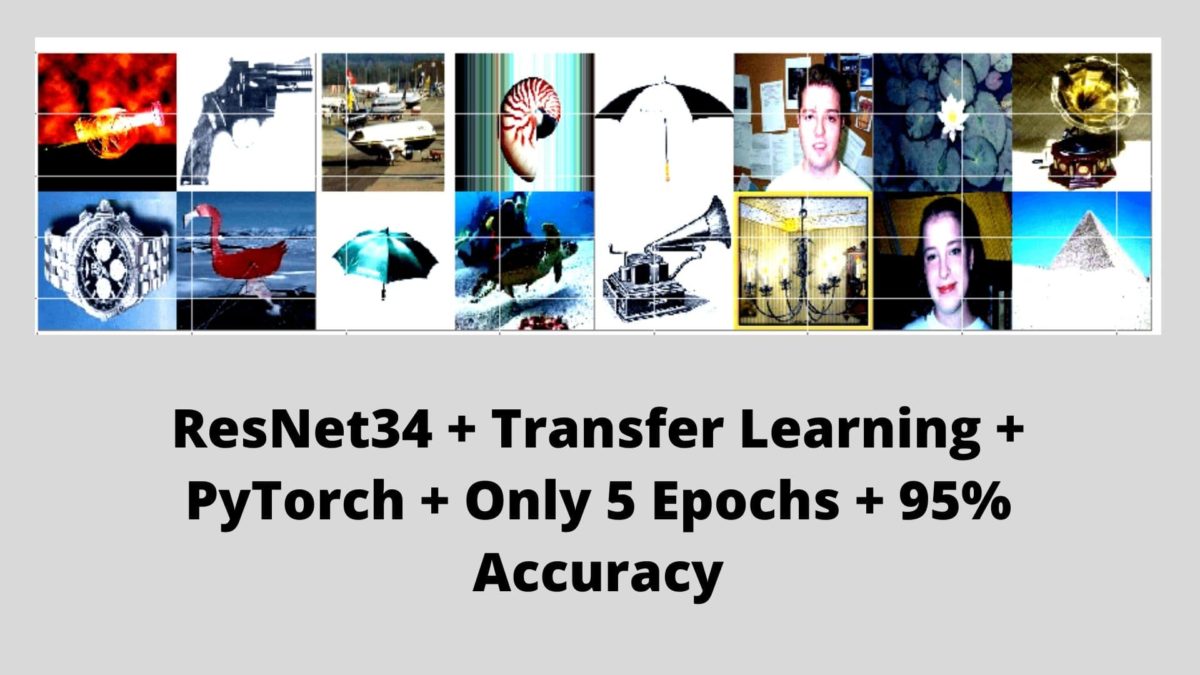
In this article, we train a ResNet34 deep neural network on the Caltech101 computer vision dataset. We use transfer learning and PyTorch deep learning library to achieve 95% test accuracy. ...
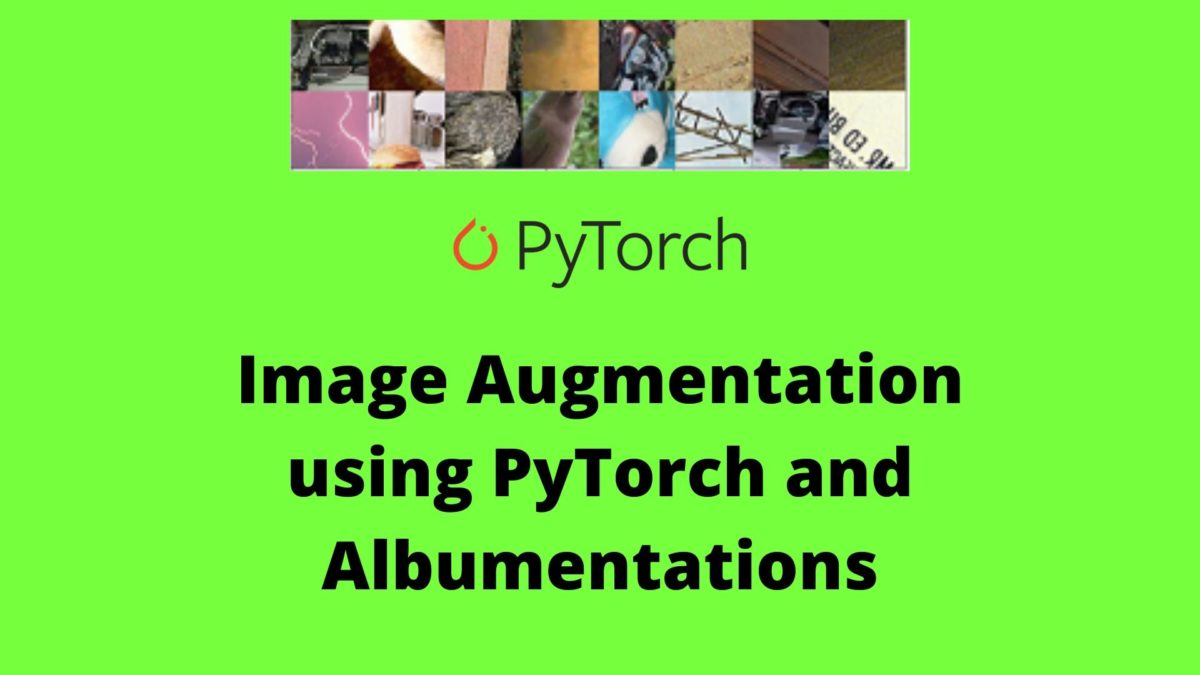
In computer vision based deep learning, the amount of image plays a crucial role in building high accuracy neural network models. When we do not have enough images, we can always rely on image augmentation techniques in deep learning. Image augmentation in deep learning can substantially increase the size of our dataset. This can help […] ...
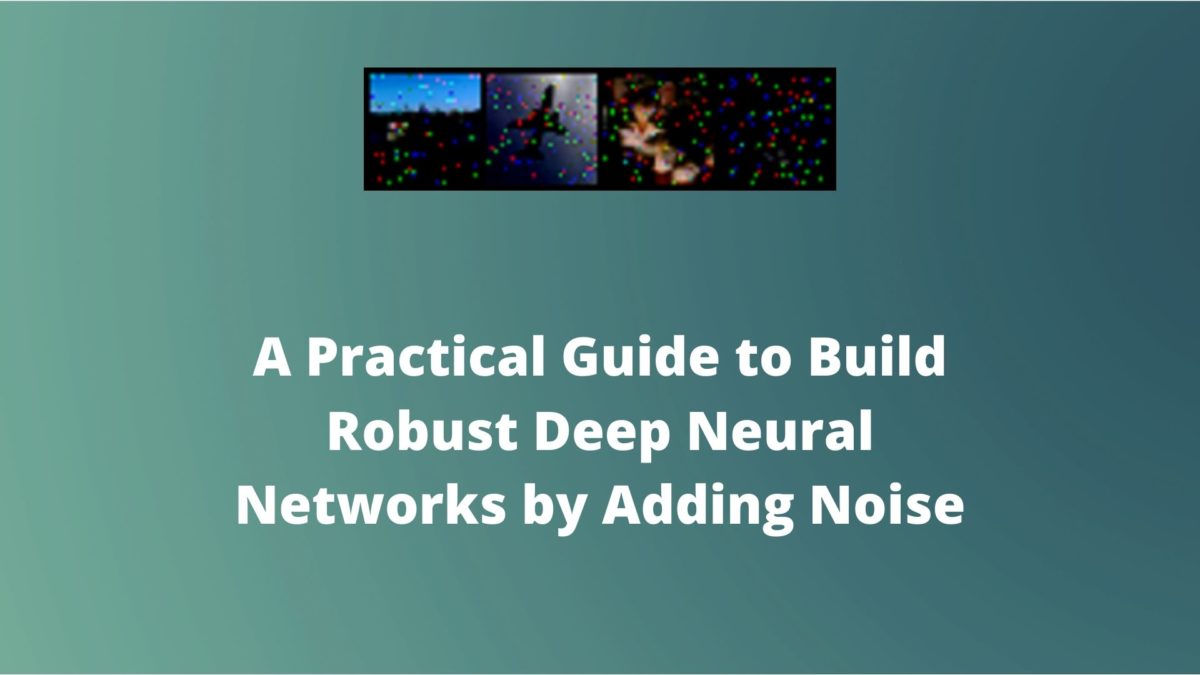
In this article, we will get hands-on experience on how to build robust deep neural networks by adding noise to the input data. One of my previous articles was Adding Noise for Robust Deep Neural Network Models. It explained how neural networks suffer while generalizing when we add noise to the data. And how we […] ...
Business WordPress Theme copyright 2025